-
To proceed to checkout and complete your order, you must have a minimum order amount of $200 . Your current order total is $0.00.
Woma Pythons
Original price was: $430.00.$270.00Current price is: $270.00.
Woma Pythons (Aspidites ramsayi), also known as Ramsay’s Pythons, are a distinctive and attractive species of python native to Australia. Here are key details about their characteristics, habitat, behavior, and care:
Woma Pythons For Sale
Woma Pythons (Aspidites ramsayi), also known as Ramsay’s Pythons, are a distinctive and attractive species of python native to Australia. Here are key details about their characteristics, habitat, behavior, and care:
Physical Description
- Size: Woma Pythons are medium-sized snakes, typically reaching lengths of 1.5 to 2 meters (4.9 to 6.6 feet), with some individuals growing up to 2.7 meters (8.9 feet).
- Coloration: They have a distinctive pattern of dark, narrow bands on a background of light brown, golden, or yellowish colors. Their belly is usually creamy white.
- Head: Woma Pythons have a narrow head that is not distinctly wider than their neck, and their scales are smooth.
Habitat and Distribution
- Habitat: They inhabit arid and semi-arid regions including sandy deserts, shrublands, and savannas. They are often found in burrows or under logs and debris.
- Geographic Range: Woma Pythons are primarily found in central and western Australia, including parts of Western Australia, South Australia, and the Northern Territory.
Behavior and Diet
- Behavior: These pythons are primarily nocturnal, spending the day in burrows or hiding spots to avoid the heat. They are known for their burrowing behavior and will often use burrows made by other animals.
- Diet: Woma Pythons have a varied diet consisting of small mammals, birds, and reptiles. They are known to eat other snakes, including venomous species, which they subdue by constriction.
Reproduction
- Breeding: Woma Pythons are oviparous, laying clutches of 5 to 20 eggs. The female incubates the eggs by coiling around them until they hatch, which usually takes about 60 days.
- Development: Hatchlings are about 30 centimeters (12 inches) long and are independent from birth, capable of hunting small prey.
Captive Care
- Enclosure: In captivity, Woma Pythons require a spacious enclosure with secure hiding spots, branches for climbing, and a substrate that allows for burrowing, such as aspen shavings or coconut husk.
- Temperature and Humidity: They thrive in a temperature gradient of 25-32°C (77-90°F) with a basking spot around 35°C (95°F). Humidity should be moderate, and they should have access to fresh water at all times.
- Feeding: Captive Woma Pythons are typically fed appropriately sized rodents. Juveniles should be fed weekly, while adults can be fed every 10-14 days.
Conservation
- Status: The Woma Python is listed as “Least Concern” on the IUCN Red List, but certain populations, especially in the southern part of their range, are under threat due to habitat destruction and fragmentation.
- Threats: Major threats include habitat loss, invasive species (such as feral cats and foxes), and illegal collection for the pet trade. Conservation efforts include habitat protection and breeding programs.
Woma Pythons are admired for their striking appearance and docile nature, making them popular among reptile enthusiasts. They are relatively hardy in captivity, provided their specific environmental and dietary needs are met.
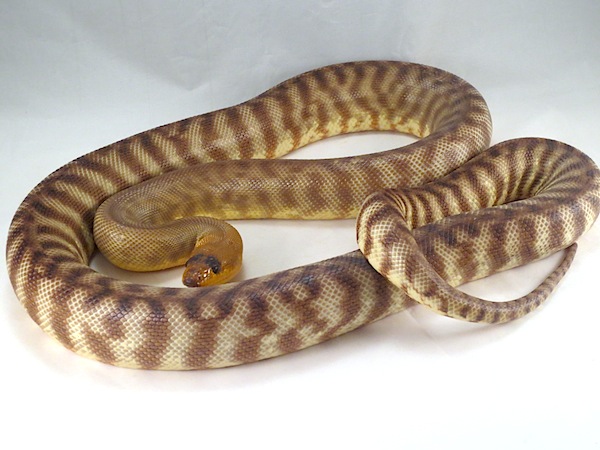
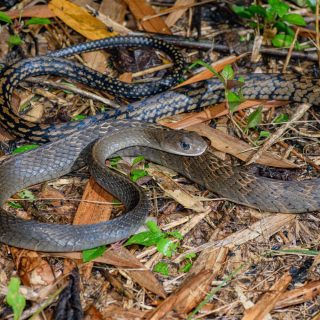
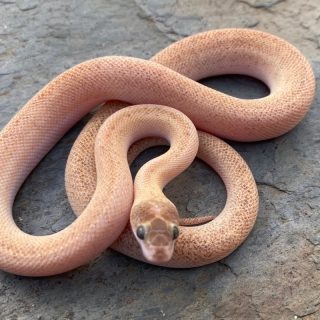
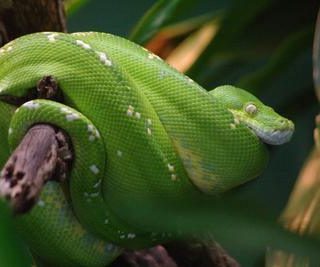
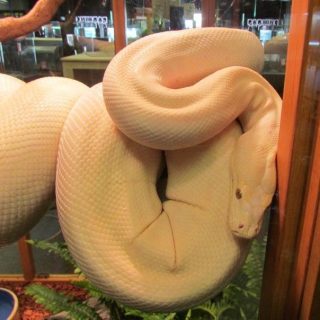
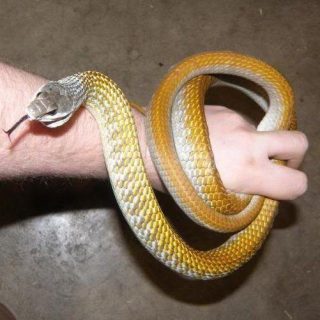
Reviews
There are no reviews yet